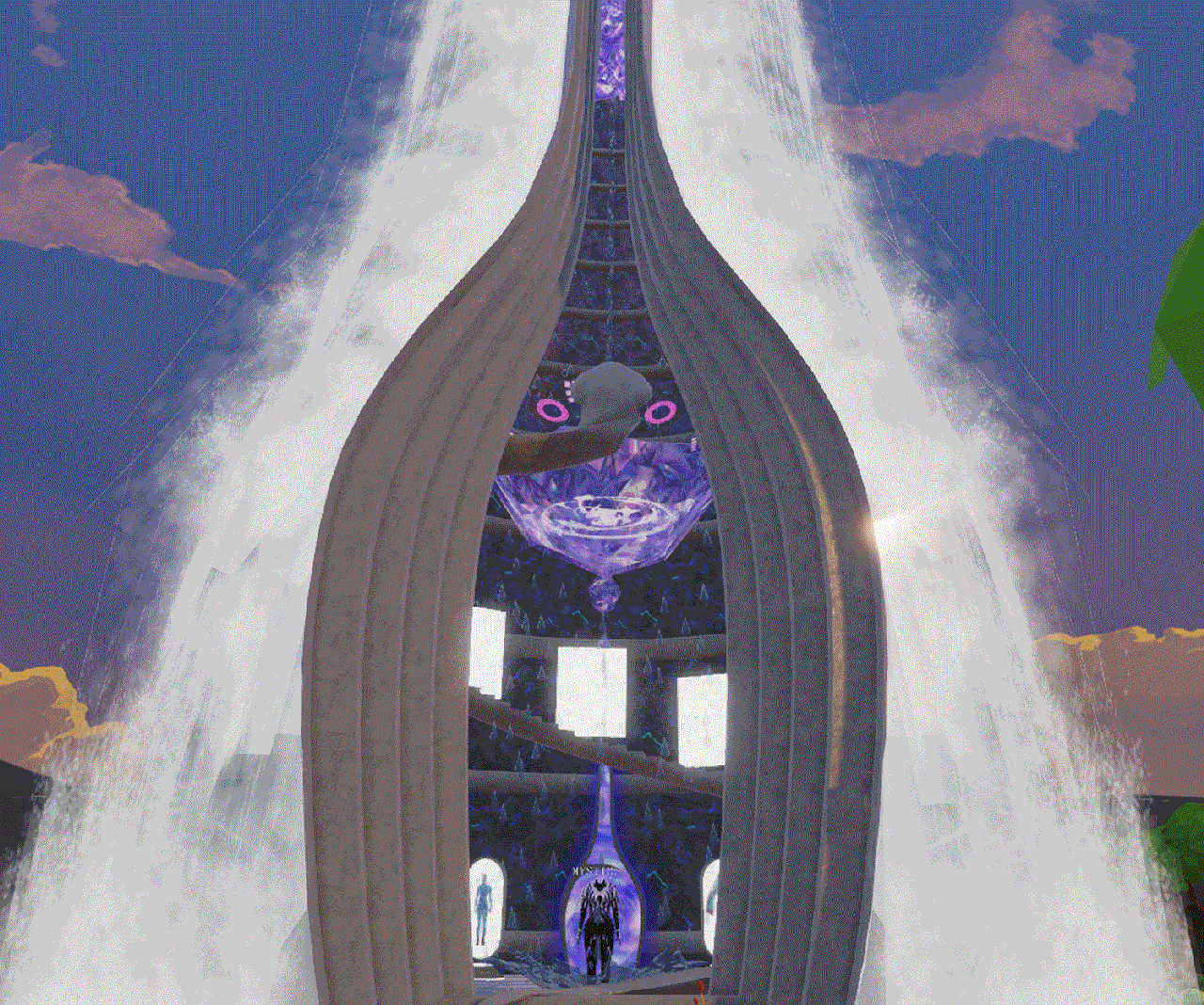Decentraland's Metaverse Fashion Week received far more industry attention than any other digital fashion event before it. Its arrival was timely - peak hype, if you will, as the metaverse and NFTs grow more popular. Virtual real estate platform Decentraland jumped at the opportunity to welcome brands and fans for the four-day event - generating overwhelming excitement and eyeballs.

"It's just the beginning," says Giovanna Graziosi Casimiro, the head of Metaverse Fashion Week (MVFW). As technology keeps up, she adds, the quality will improve and more closely resemble the results that the fashion community often expects. Overall, Casimiro says, participating brands have been pleased with the outcome.
The series of fashion-focused events, which ended Sunday, attracted a wide variety of brands and creatives, including Ero, Dundas, Dolce & Gabbana and Estee Lauder. The entire experience was blockchain-based, held on land and digital fashion bought as NFTs. From this, Decentraland managed to host 108,000 unique attendees throughout MVFW.

Morgan Stanly estimates that for luxury goods alone, metaverse gaming and NFTs could constitute 10% of the market by 2030, making a 50 billion Euro opportunity in revenue and 25% lift to the industry's profit pool.
To give a better idea, when Roksanda created NFTs with the Institute of Digital Fashion during London Fashion Week, searches for the brand jumped 76% on Last. Similarly, when Diesel announced at Milan Fashion Week it would release NFTs in addition to physical clothes, brand searches increased 41%. When Balenciaga appeared in Fortnite in October, views of the brand in the Lyst app more than doubled.

"You don't just want to recreate real life in the metaverse; you want to be pushing boundaries and going really crazy with your designs, show spectacles and the actual experience," Vedel says.
The mood of the event was fun and joyful, enabling experiences that would not have been possible physically. Cats, in place of models, walked the Dolce & Gabbana catwalk. All of the models on the Und-curated runway could fly after emerging out of model-sized blooming lotuses, and walked in a vast venue that resembled an Olympics opening ceremony arena with music-coordinated light shows to match. To close out the event, Grimes performed in a cavernous, fantastical structure made by Auroboros, as guests waded in a centre tide pool without getting wet.

Designer Phillipp Plein, who put on a show and DJ set, says that the event attracted both new and existing fans onto the platform. On the other hand, Stefano Rosso, CEO of BVX, parent company of Diesel, Maison Margiela and Marni, says that they sold a good amount of unique NFTs with Bulova and some other wearables.
"None of this is really about disappearing into virtual worlds," says Alex Lambert, creative director of content production studio Happy Finish, which has worked with Balmain, D&G and H&M Group. "It's about moving towards a point where we can bring virtual elements into the real world. Once you're able to buy a virtual Chanel jacket and then wear that item in the real world, that's when things will really start to change."
